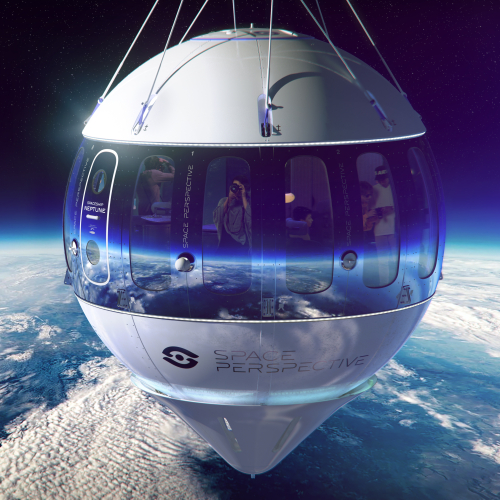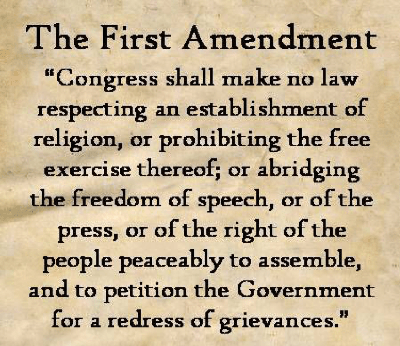NASA imposes new rules for any private launches to ISS
NASA has added several new rules for any private launches to ISS, now requiring that each flight include at least one experienced former NASA astronaut.
From the actual procurement notice:
NASA is also in the process of finalizing details associated with a new requirement that upcoming private astronaut missions include a former flown NASA (U.S.) government astronaut as the mission commander. A former NASA astronaut provides experienced guidance for the private astronauts during pre-flight preparation through mission execution. Based on their past on-orbit and NASA experience, the PAM commander provides a link between the resident ISS expedition crew and the private astronauts and reduces risk to ISS operations and PAM/ISS safety. Specific details of the requirement will be documented in future solicitations, as well as in updated documentation and in the solicitation technical library.
The new rules also require the companies to submit their research plans twelve months before launch, as well as reserve a longer time for the private passengers to adapt to weightlessness on the station before initiating that work.
The changes appear to make sense, based on the experience of the first passenger flight of Axiom sent up to ISS earlier this year. However, their existence will likely encourage the arrival of the private space stations in order to break free from NASA’s rules.
NASA has added several new rules for any private launches to ISS, now requiring that each flight include at least one experienced former NASA astronaut.
From the actual procurement notice:
NASA is also in the process of finalizing details associated with a new requirement that upcoming private astronaut missions include a former flown NASA (U.S.) government astronaut as the mission commander. A former NASA astronaut provides experienced guidance for the private astronauts during pre-flight preparation through mission execution. Based on their past on-orbit and NASA experience, the PAM commander provides a link between the resident ISS expedition crew and the private astronauts and reduces risk to ISS operations and PAM/ISS safety. Specific details of the requirement will be documented in future solicitations, as well as in updated documentation and in the solicitation technical library.
The new rules also require the companies to submit their research plans twelve months before launch, as well as reserve a longer time for the private passengers to adapt to weightlessness on the station before initiating that work.
The changes appear to make sense, based on the experience of the first passenger flight of Axiom sent up to ISS earlier this year. However, their existence will likely encourage the arrival of the private space stations in order to break free from NASA’s rules.





